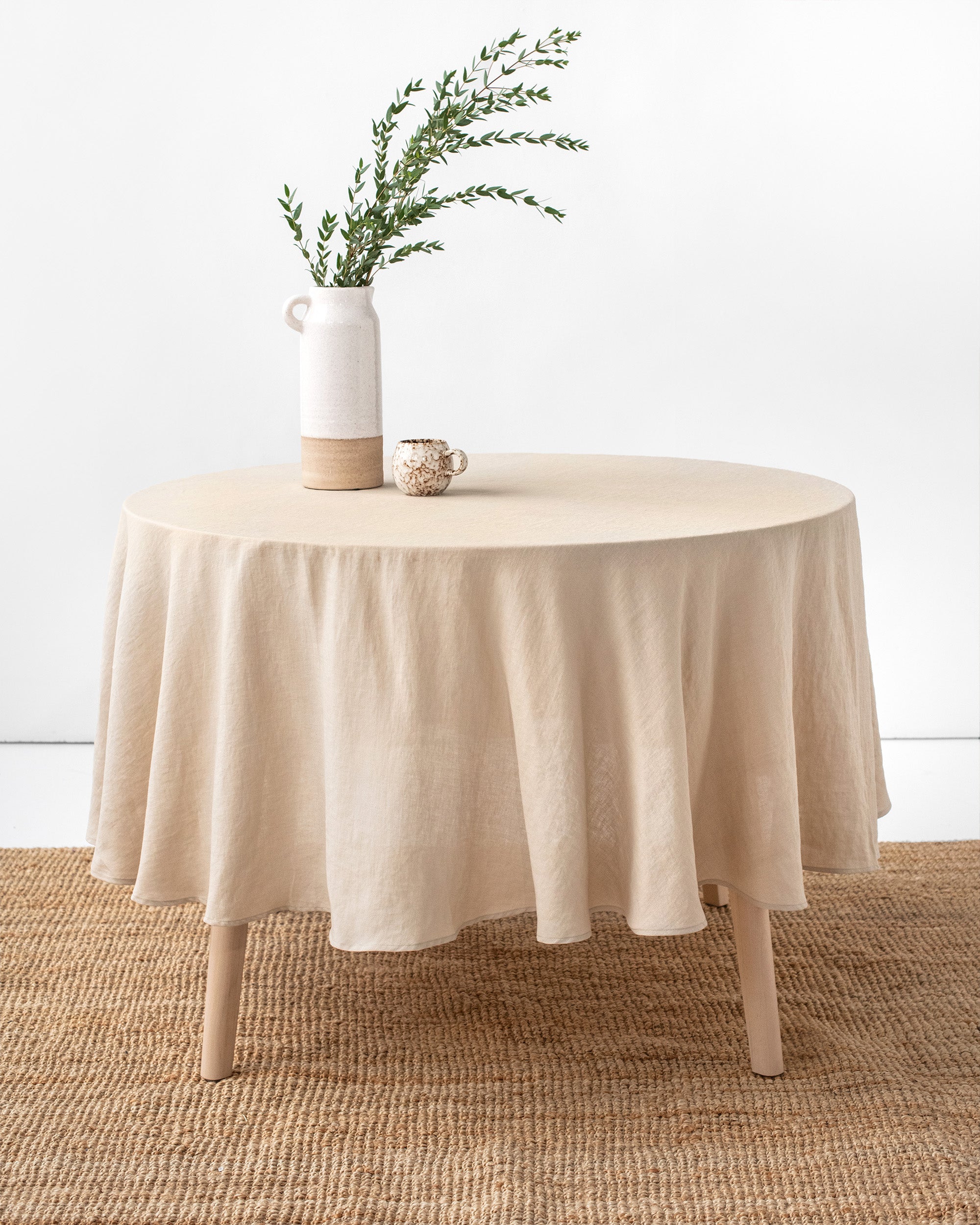Flat Sheet Buying Guide: What to Look for comfortably and Top quality
Wiki Article
Linen Fabric Advancements: Exploring Modern Trends and Creative Applications in Design and Textile Market
From lasting production methods to cutting-edge weaving modern technologies, the advancement of bed linen is improving the landscape of the fabric industry. As we delve right into the worlds of creative design applications and the appearance of linen blends and hybrid textiles, a brand-new chapter unfolds in which bed linen's function in future textile innovations takes facility phase.Lasting Practices in Linen Production
Lasting methods in linen manufacturing have actually become increasingly essential in the fabric market's efforts to decrease ecological impact and advertise honest sourcing methods. Linen, an all-natural fiber originated from the flax plant, provides an array of benefits such as biodegradability, breathability, and longevity. However, traditional approaches of bed linen manufacturing can include significant water usage, chemical use, and energy-intensive processes.To resolve these obstacles, many fabric manufacturers are embracing lasting methods throughout the linen manufacturing process. This includes sourcing flax from natural farms that stay clear of dangerous chemicals and chemicals, executing water-efficient retting methods to remove fibers from the flax stalks, and utilizing eco-friendly dyes and surfaces. In addition, some companies are purchasing eco-friendly power sources to power their production facilities and lowering waste through recycling and upcycling efforts.
Technical Innovations in Linen Weaving
With the growing emphasis on sustainable methods in bed linen production, the textile market is currently experiencing a rise in technical improvements particularly focused on reinventing the art of bed linen weaving. These developments are improving the means bed linen fabrics are produced, offering enhanced efficiency, quality, and imagination in weaving methods.One of the essential technological developments in linen weaving is the integration of computerized looms. These advanced looms are equipped with software program that permits detailed and intricate styles to be woven with accuracy. By digitizing the weaving process, manufacturers can achieve better uniformity and accuracy in their linen fabrics.
Additionally, developments in yarn spinning innovation have enabled the manufacturing of finer and even more sturdy bed linen yarns - table cloths. This results in softer and smoother bed linen materials that maintain their quality also after numerous uses and washes
In addition, the advancement of environment-friendly dyeing procedures and surfaces for linen textiles is getting traction. These lasting methods not just minimize the environmental impact yet likewise satisfy the raising customer demand for morally created textiles.
Creative Layout Applications for Bed Linen
Innovative creative approaches are progressively forming the imaginative design applications for linen in the textile sector. Bed linen's all-natural aesthetic appeal and capability to mix with other materials make it a favored choice for producing distinct garments and devices that provide to the eco conscious consumer.Additionally, developers are explore bed linen in home decoration, using its breathable and durable nature to craft elegant home furnishings such as drapes, bed linens, and furniture. The appearance and drape of linen bring a feeling of refinement and comfort to indoor areas, adding a touch of sophistication to modern-day homes.

Linen Blends and Hybrid Fabrics

Hybrid textiles, on the various other hand, take the concept of mixing a step further by including extra elements such as metallic strings, recycled materials, or conductive fibers. These innovative textiles not just expand the design opportunities but likewise present practical aspects like conductivity, antimicrobial buildings, or boosted durability. Crossbreed textiles are significantly being made use of in numerous sectors, including style, interior decoration, and technical fabrics, where the demand for multifunctional products is on the increase.
Bed linen's Function in Future Fabric Innovations
:max_bytes(150000):strip_icc()/best-tablecloths-fw-FT-AFF1122-702aafd872a649dfaa0f1d1d0ffd171c.jpg)
In the realm of future textile technologies, bed linen is expected to be a principal in the development of advanced practical materials. Developers and scientists are exploring methods to improve bed linen's integral top qualities through technological developments, such as integrating wise fabrics, nanotechnology, and efficiency next page coatings. These innovations aim to raise linen's performance qualities, making it ideal for a more comprehensive series of applications, from activewear to safety apparel.
In addition, the mix of bed linen with various other all-natural or wikipedia reference synthetic fibers opens up unlimited possibilities for producing novel textiles with unique homes and performances. By leveraging linen's attributes and exploring innovative blends, the fabric sector is positioned to introduce exciting developments that satisfy progressing consumer needs and sustainability requirements.
Verdict
Finally, the expedition of sustainable practices, technical improvements, innovative design applications, bed linen blends, and its duty in future textile innovations highlight the continuous development of linen fabric in the modern-day style and textile sector. With a concentrate on innovation and creative thinking, the adaptability and green nature of linen make it a valuable product for makers and developers alike, leading the way for additional developments and innovations in the area of textiles.As we dig into the worlds of creative layout applications and the development of bed linen blends and hybrid textiles, a new phase unfolds in which bed linen's function in future textile advancements takes center phase.
Exploring the combination of bed linen with other materials has actually led to the introduction of cutting-edge blends and hybrid fabrics in the contemporary fabric industry. Linen blends supply a distinct mix of the characteristics of linen with those of various other fibers, resulting in fabrics that possess boosted residential properties such as increased toughness, improved draping, and minimized wrinkling.The advancement of bed linen blends and hybrid materials has actually set the stage for Bed linen to play a crucial role in driving future textile advancements.In the world of future fabric innovations, linen is anticipated to be a vital gamer in the development of advanced useful materials.
Report this wiki page